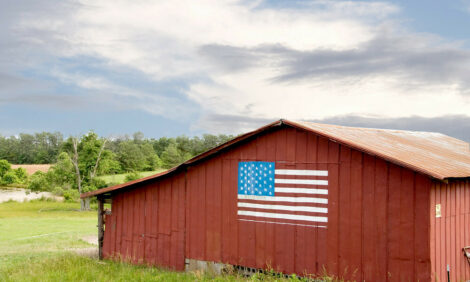



Condemnations, Mortality Shift Focus to E. coli Vaccination in Some Broiler Flocks
GLOBAL - While infectious bronchitis remains a serious threat to broiler health, it often opens the door to the more costly secondary infection, Escherichia coli, explained Kalen Cookson, DVM, director of clinical research at Zoetis.Poultry producers frequently see higher economic and production losses from the E. coli infection, he explained.
“The IB challenge typically hits birds at 4 weeks of age. E. coli then takes up residence, resulting in high numbers of airsaculitis condemnations in the processing plant, particularly in light birds harvested at 5 weeks of age,” Cookson told Poultry Health Today.
“Large birds harvested at 7 to 8 weeks of age are more likely to experience poor growth and higher mortality levels from the E. coli infection.”
Challenges of IB vaccination
Most IB serotypes target the respiratory tract, providing an opening for the secondary E. coli infection. However, some serotypes have different pathology and target the kidneys, for example.
Producers rely heavily on IB vaccines to control bronchitis but this protection is only as good as the serotype match of the infecting strains.
“Vaccines with less serotype cross-protection allow for increased E. coli secondary infection,” Cookson said, “resulting in decreased protection and higher infecting rates for IB and E. coli.”
As a seasonal disease, IB presents higher infection rates during the winter and is associated with lower ventilation levels as growers try to reduce fuel costs resulting higher ammonia levels in barns.
“E. coli infections follow the seasonal IB pattern,” Cookson added. “But even without a viral disease threat, if management allows for increased dust and ammonia levels and higher litter moisture through decreased ventilation, reduced air quality can irritate the respiratory epithelium and provide an opening for E. coli infections.”
In reduced or antibiotic-free (ABF) production systems, bacteria levels tend to increase, and provide another opportunity for E. coli infection. He says vaccinating broilers for E. coli often proves economical in these situations.










